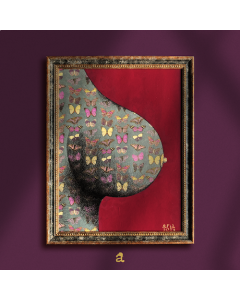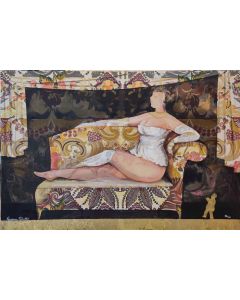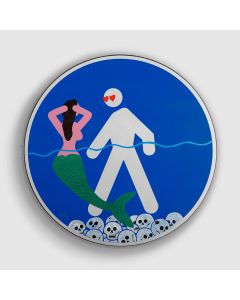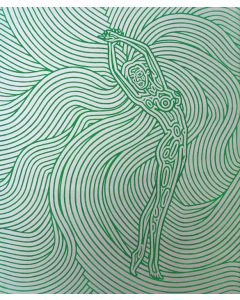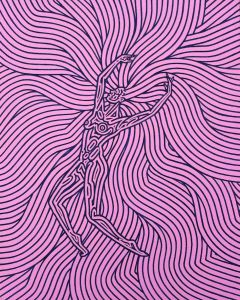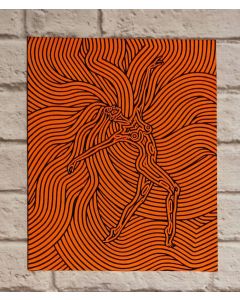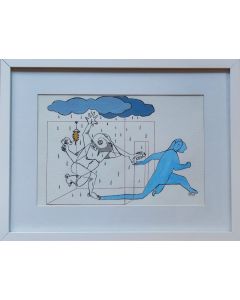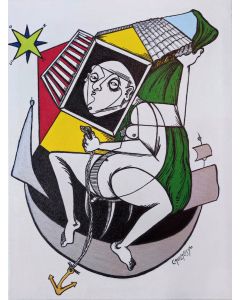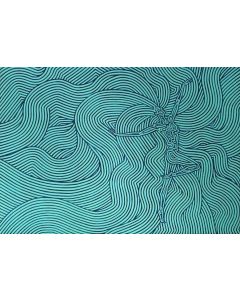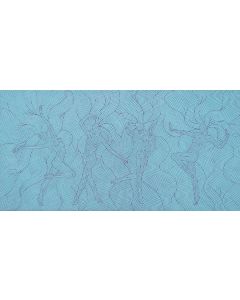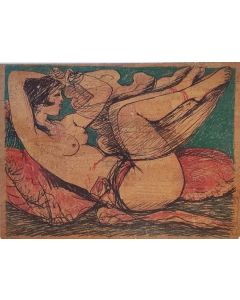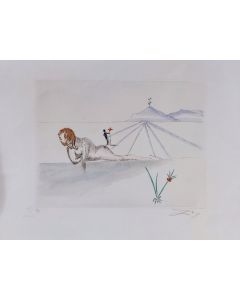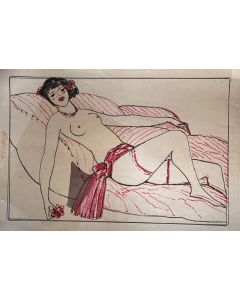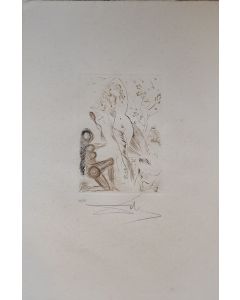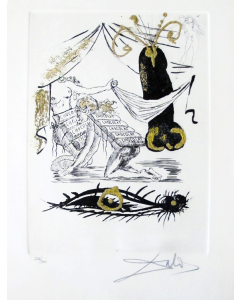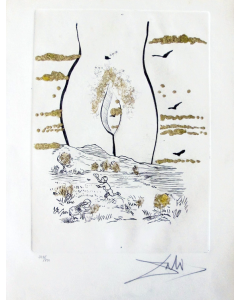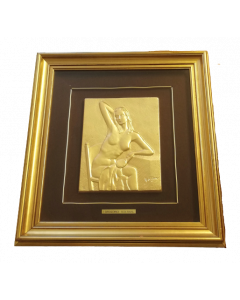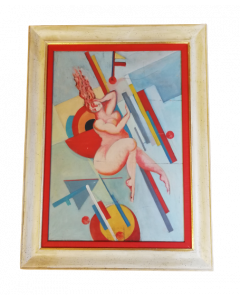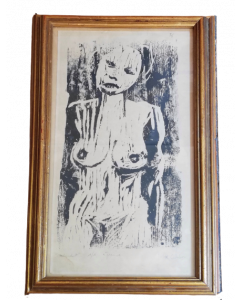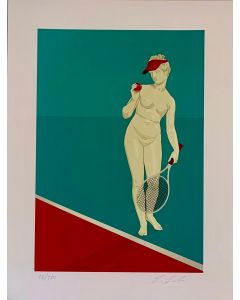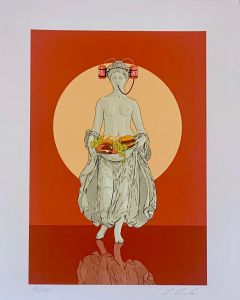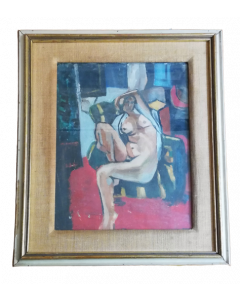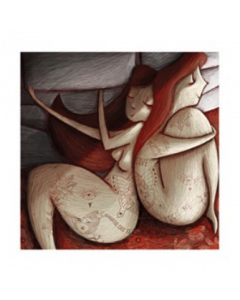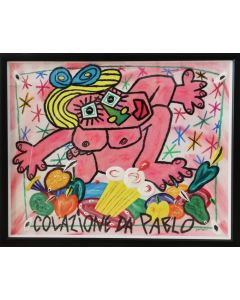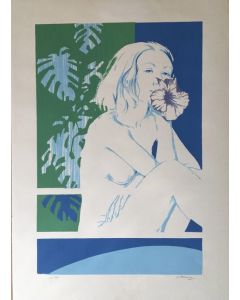Nude
The nudity is portrayed since the prehistoric art, when the primitive man carved in caves or in the stones, men or women in miniature and naked, who can be memories of ancestors or divinity celebrations, in the name of fecundity, prosperity, protection, abundance.
The female nude, indeed originally was associated to the maternity idea, and only in more recent time has taken less romantic connotation. Also the greek and roman statues celebrate nude, but, in this case, to tribute the statuesque perfection reached up in art: Riace bronzes, Lysippos's athlete and the Discobolus of Myron are some examples of how the ancient greeks studied obsessively proportions, prospectives and anatomy to find a result as realistic as possible.
During the Middle Age, and due to the Church's affirmation, the representation of the nude is limited to sacred figures like Jesus, Adam and Eve, cherubs; with the Renaissance, nude reappears in a less limiting way, but anyway demure, like in Botticelli or Tiziano's Venus or Adam by Michelangelo. With Modern Art, we find a less innocent representation of nudity, so we can admire the Nude Maja by Francisco Goya, or naked bodies of Egon Schiele and Modigliani.
How nudity is painted in contemporary art? Anna Antola, with her naive style, celebrates nudity, approaching the erotic world though captivating poses, always ironic, simple, but never gross. In the meanwhile, Picasso portrays, with great naturalness, intimate moments of everyday life. Salvatore Fiume, indeed, portrays Aeneid's scenes, giving to his artworks a vintage style, representing nudes how a part of his narrative, with essential forms.

